
ORGANISATIONAL DEVELOPMENT
ORGANISATION – DNA OF EVERY COMPANY
Even a one-person company is the result of the DNA of a one-person organisation, and like fingerprints or the stripes on zebras, there are no same two companies on the face of this planet, why? The Factor “human” is unpredictable and as soon as an organisation grows, the dynamic becomes all the more unique. The current business climate is in constant change, challenging organisations more than ever to be chameleons – change artists that can blend in with the change of time. We need structure, and we need to ensure that the right decisions are made today to ensure that tomorrow happens.
The Need for Architecture
Without a cohesive structure, trying to implement, even the best strategy is fascicle. This is why every organisation needs a designer, an architect to allow a framework structure into which the strategy fits. Focussing on the essentials, avoiding activism and being able to think today about tomorrow’s challenges. We are talking about developing an organisational structure with clear roles and processes that both motivate and empower your workforce, resulting in high productivity, low fluctuation and higher employer value proposition. By assigning clear roles, you are effectively delegating responsibility, nurturing a culture of collaboration yet most importantly of all giving each individual a feeling of belonging and a sense of self-worth within your organisation.
A good example of this on a micro level is agile development, where the people choose the task they work on, take on the responsibility and understand the importance of finishing the task in the acquired time. The future of work, will be a culture of choice. Employees will choose what tasks they do, the concept of work will be far more fluid than today. This however will allow companies to be more agile, and respond quicker and adapt to customer demands.
We help companies to approach organisational change from a far greater holistic viewpoint and not just viewing clear-cut facts, but also more abstract issues like purpose, which effectively is forcing you to think about the DNA of your company and what makes it attractive to tomorrow’s workforce, why does the market need you. If you cannot answer this, it is difficult to create purpose for your employees.
WHAT WE DO
Our experience shows that it is seldom the case that all key decision makers are unified concerning what the actual business strategy of their company is let alone be able to clearly define a common purpose. This has nothing to do with bad management or poor practices, moreover the fact that every enterprise is constantly in change, and it is not first or even second nature to question the purpose of a company let alone what the common
FOUR FACTORS INFLUENCING ORGANISATIONAL STRATEGY

Understanding of the business practices are. We help you in starting this best practice. We discuss how the purpose fits into the changing markets and carry out skilled gap analysis, helping you make your recruiting more efficient and ensure that you have the right people when it matters.
Now that all are on the same page, we sit down and create a lean strategy, based on a workforce centred organisation, which is easily implemented and gives you the ability to keep recreating and stay ahead of market trends.
One Message / One Direction
The decisions we make today can make a big difference as to what happens tomorrow. It is crucial that the driving management team are made up of the right people, this may ensue in difficult decisions being made and roles in C-Suite being switched. ensure that the developed strategy has gravitas. It is important that the purpose and strategy is embedded into the minds of all managers and your people.
Measuring Progress and Success
We define KPIs and give you abilities to measure these with an aligned data analysis dashboard concept. The platform is designed for you to see where there are gaps and be able to take steps to remedy this.
